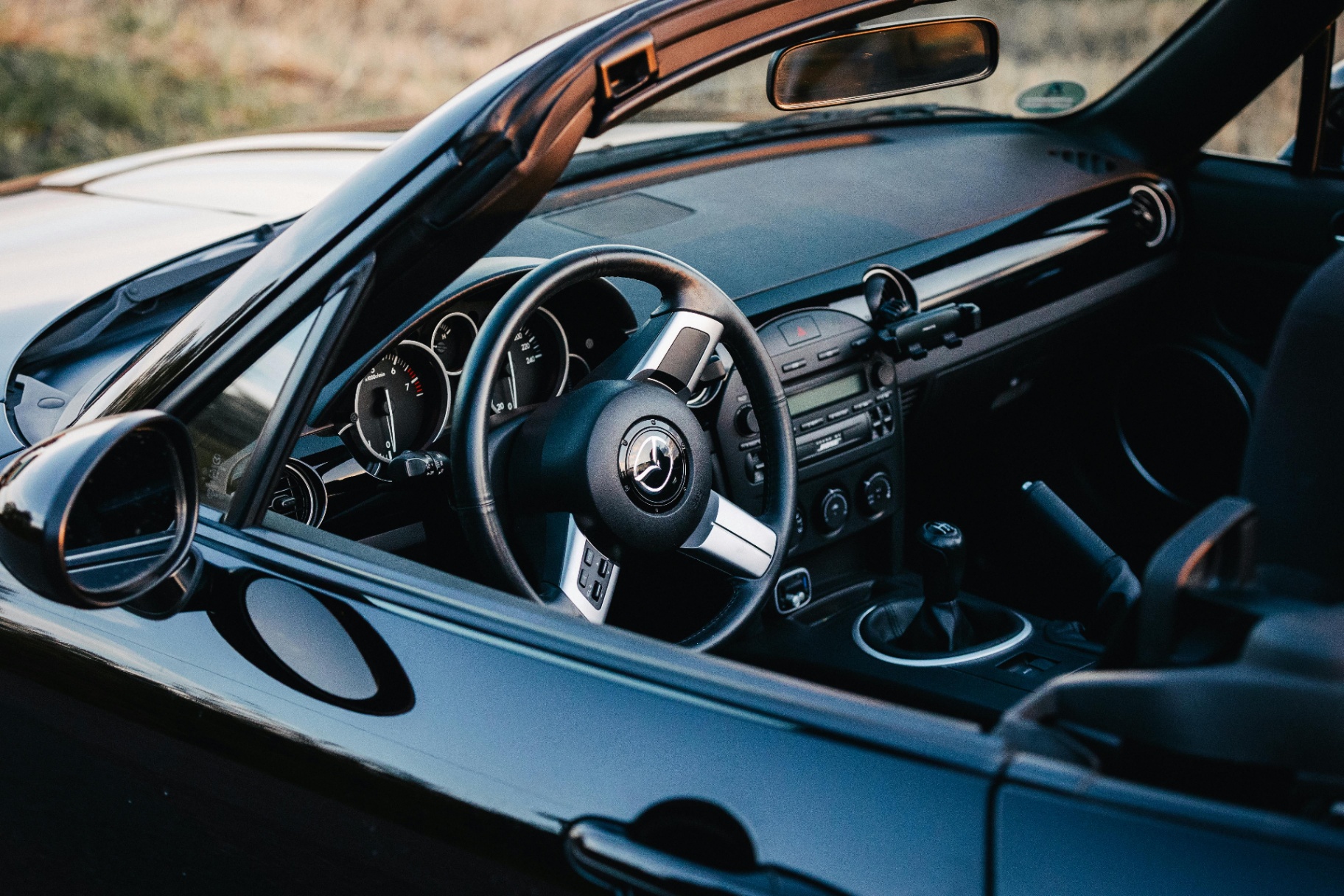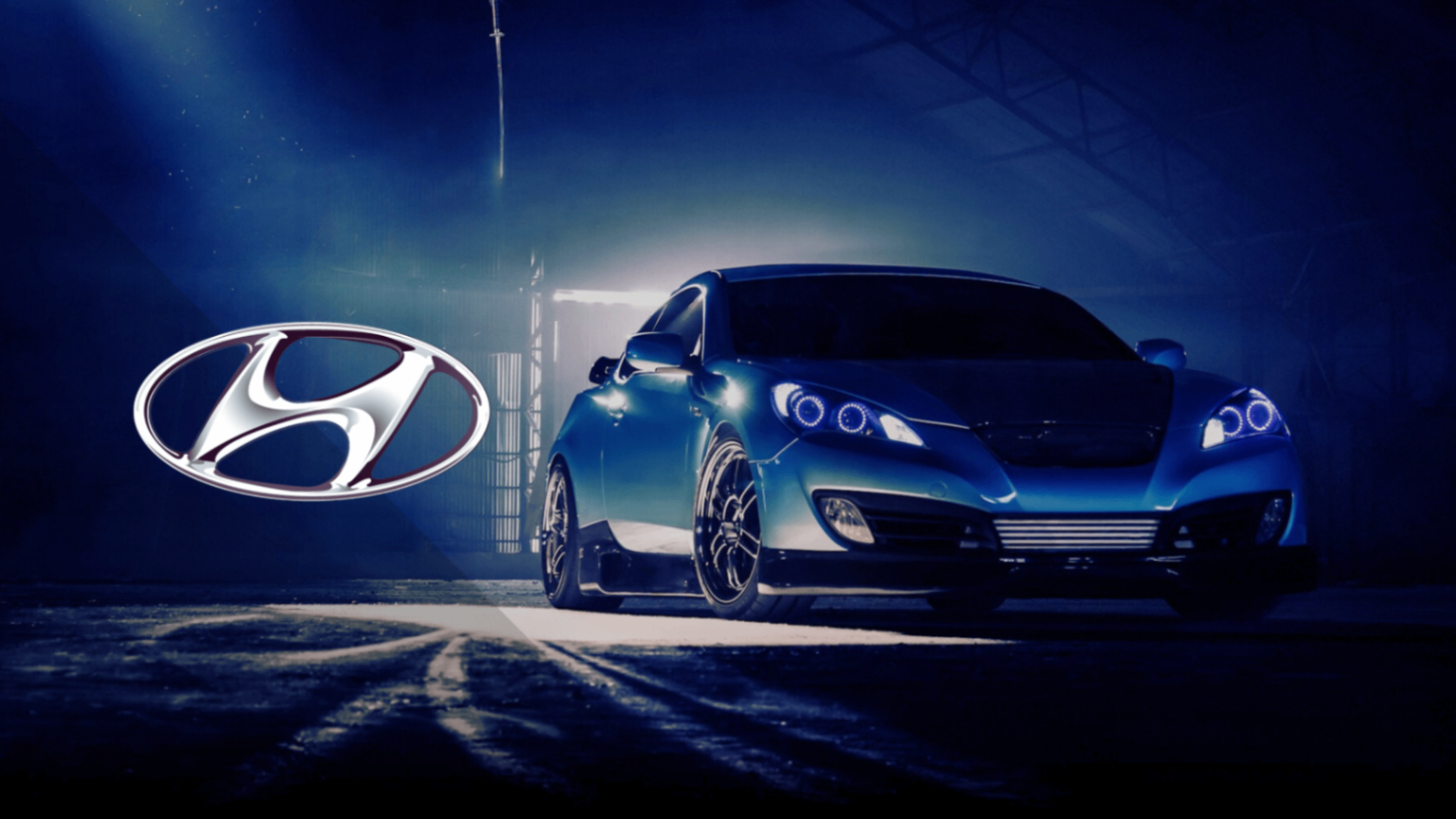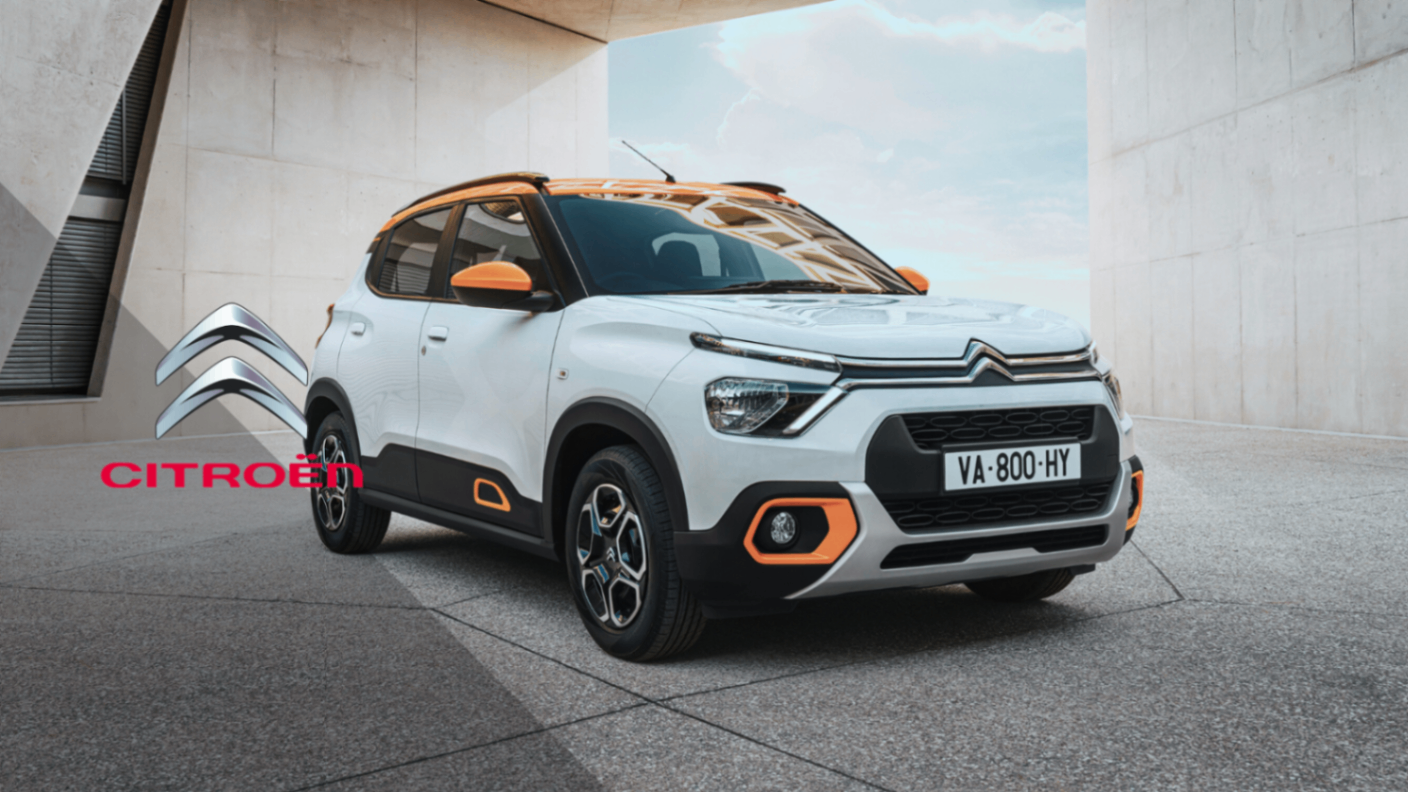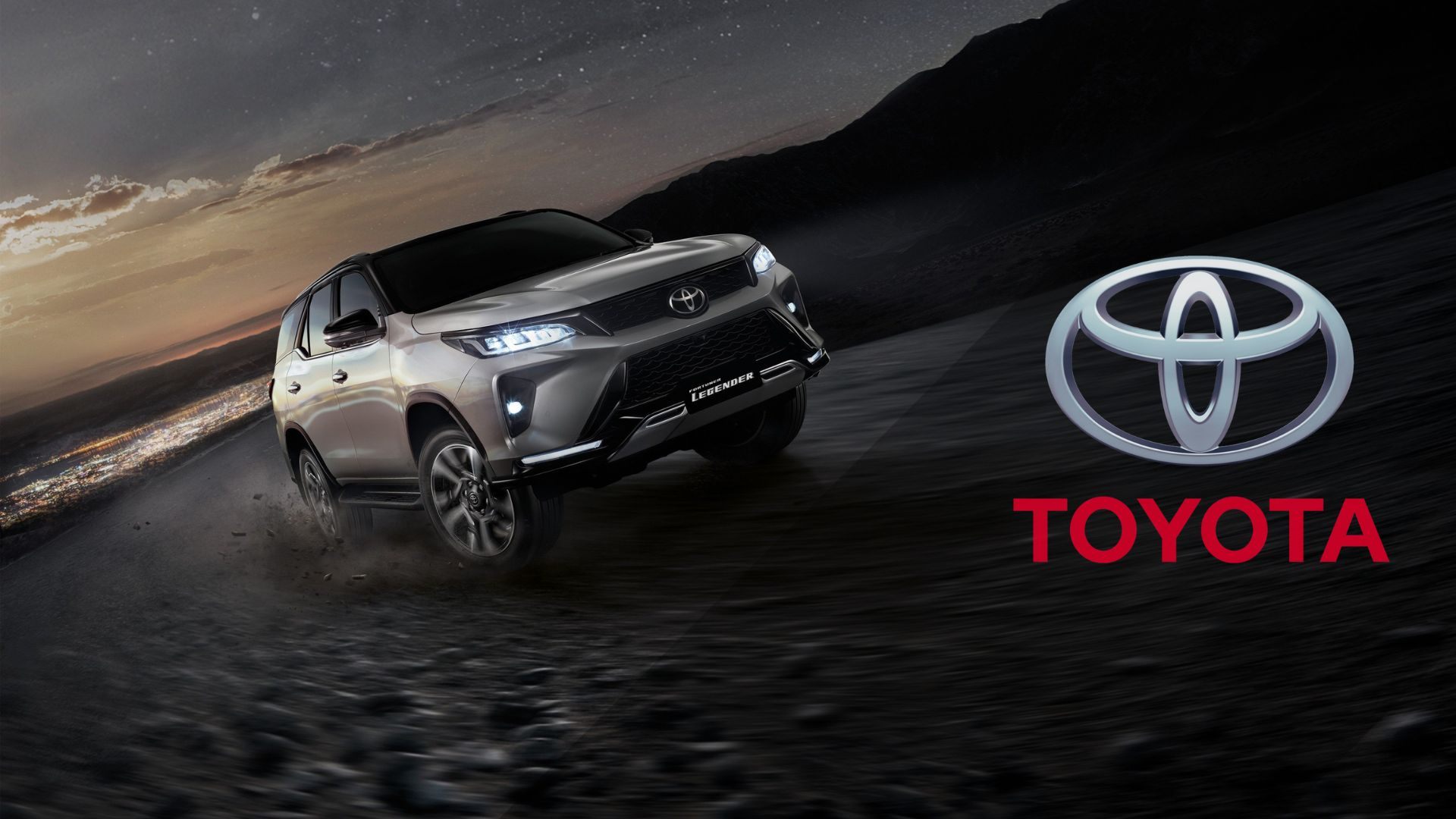
Are you a car enthusiast? Interested in learning about the history behind iconic brands? Then this blog is for you. Dive into the fascinating world of Mazda and discover how this Japanese brand has revolutionized the automotive industry. Subscribe now and don't miss any of our posts!
Mazda's Journey Begins
Mazda was founded in 1920 as Toyo Cork Kogyo Co., Ltd. Initially, the company focused on manufacturing cork products in Hiroshima, Japan. It wasn't until 1931 that Mazda entered the automotive world with the production of the Mazda-Go, a three-wheeled vehicle that quickly gained popularity.
Learn more about Honda: Bombs Couldn't Stop Him | The Incredible Story of Honda
Over the years, Mazda diversified its production and, after World War II, concentrated on manufacturing automobiles. In 1960, they launched their first passenger car, the Mazda R360, a microcar that marked the beginning of a new era for the company.

The Rotary Engine Era
One of Mazda's most iconic periods was its commitment to the rotary engine, also known as the Wankel engine. In 1967, Mazda launched the Cosmo Sport 110S, the first mass-produced car equipped with this type of engine. The rotary engine was more compact and lightweight than traditional engines, and offered exceptional performance.
The success of the rotary engine was solidified with models like the RX-7 and RX-8, which became legends in the automotive world. However, despite its advantages, the rotary engine also presented challenges in terms of fuel efficiency and emissions, leading Mazda to reevaluate its strategy.
Crisis and Rebirth: Mazda's Reinvention
In the late 1990s and early 2000s, Mazda faced a series of financial and operational challenges. The company had to make tough decisions, including reducing its product line and restructuring its operations.
In 2002, Mazda launched its 'Zoom-Zoom' design strategy, emphasizing driving fun and excitement. This strategy was accompanied by a complete overhaul of its vehicle lineup, introducing models like the Mazda3 and Mazda6, which quickly gained praise for their design and performance. This period of reinvention allowed Mazda to regain its position in the global market.

Mazda Today: Innovation and Sustainability
Today, Mazda remains committed to innovation and sustainability. The company has developed its SKYACTIV technology, which dramatically improves fuel efficiency and reduces emissions without sacrificing performance. Current Mazda models, such as the Mazda CX-5 and Mazda MX-5, incorporate this technology and have received numerous awards for their design and efficiency.
Mazda is also exploring new frontiers in electric mobility. Although a latecomer to this field, the company has launched the Mazda MX-30, its first fully electric vehicle, representing a significant step toward a more sustainable future.
Mazda's Future: New Horizons Ahead
Looking ahead, Mazda is focused on continuing its legacy of innovation and continuous improvement. The company has announced plans to electrify its entire vehicle lineup by 2030, combining electric motors with its advanced internal combustion engine technology.
Additionally, Mazda is exploring new autonomous driving and connectivity technologies, aiming to provide a safer and more connected driving experience. With a renewed focus on sustainability and innovation, Mazda is poised to meet the challenges of the future and remain a leader in the automotive industry.
Mazda's origins are a story of overcoming challenges, innovation, and passion. From humble beginnings to becoming a globally recognized brand, Mazda has demonstrated that with determination and vision, great achievements are possible. What do you think? Would you like to learn more about Mazda's history?






